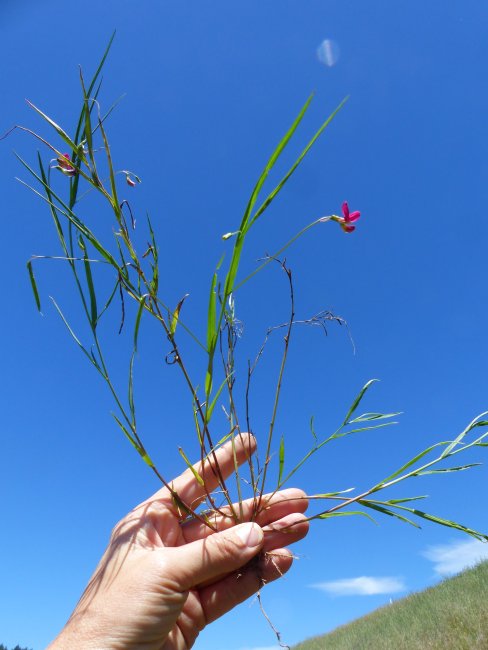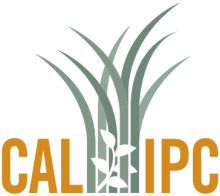Climate Matching Map
| Attachment | Size |
|---|---|
| ClimateMatch_CA_Lathyrus_nissolia.pdf (1.11 MB) | 1.11 MB |
1. Question 1
2. Question 2
3. Question 3
4. Question 4
In California, L. nissolia is posing a potential threat to North coast semephoregrass and other wet meadow species (G. Hulse-Stephens). However, data are still being gathered on this relationship. CDFA has proposed a "B" listing for the species, but it is based on future risk and not actual occurrence.
5. Question 5
6. Question 6
7. Question 7
The tall growth form of this plant and other reports of its aggressive nature further support a "yes" for this answer (Griese 1989, Gilpin 2018, Lauber et al. 2018).
8. Question 8
9. Question 9
10. Question 10
11. Question 11
12. Question 12
13. Question 13
14. Question 14
15. Question 15
16. Question 16
17. Question 17
18. Question 18
19. Question 19
20. Question 20
Evaluation Notes
Evaluator's note: This evaluation was difficult to conduct because of the general lack of information available on the species. Lathyrus nissolia may eventually be re-evaluated as a high risk once its impacts are better known.








